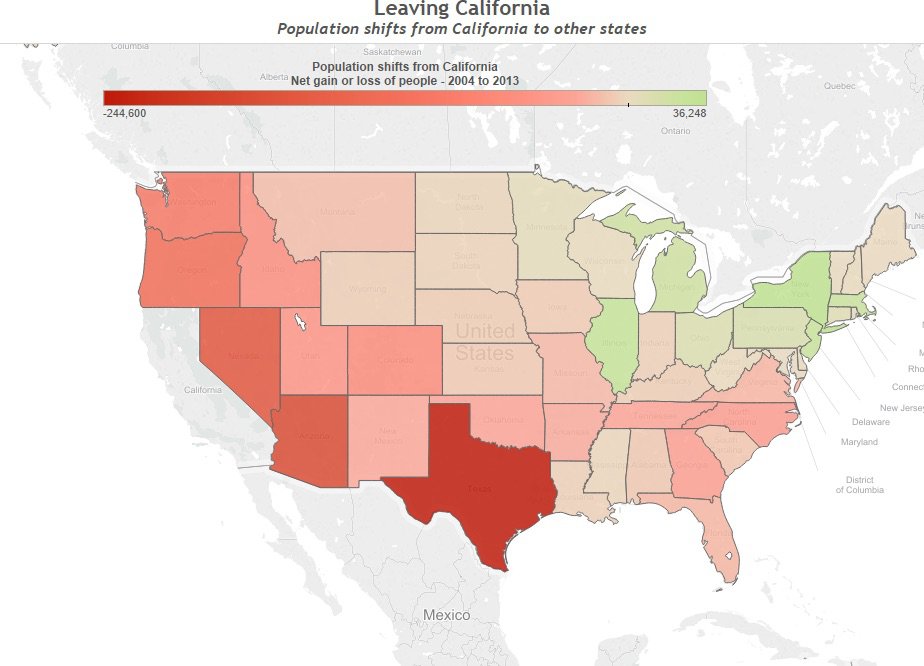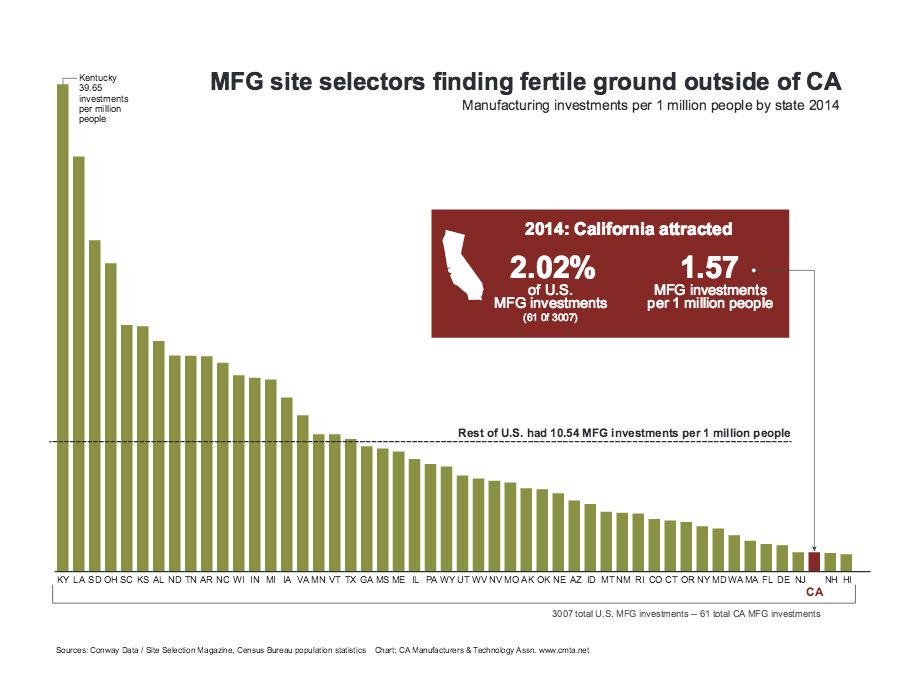Independent Voter Project Conference: Manufacturing Gap Leaving Middle Class Behind in California
At first glance, it would appear that the Golden State has beaten the odds when it comes to creating jobs following the Great Recession. In 2014, the 1.3 million jobs that were lost during the Great Recession were regained and then some, according to the Political Policy Institute of California (PPIC).
Almost weekly, a new headline about Silicon Valley’s booming tech industry reinforces the idea that California’s jobs problem is a thing of the past.
But like most economic issues, the devil is in the details.According to the U-T, an additional 1 million new jobs are still missing if compared against previous post-recession recovery cycles.
So that begs the question, where are the jobs going? In many cases, the answer is Texas.
At the Independent Voter Project’s annual Business and Leadership Conference, California policymakers and industry leaders came together for an open discussion on the state’s business climate. What evolved during several days of discourse underlined where tomorrow's big policy questions lie; in particular, finding investments in middle-class job opportunities and sewing the seeds of collaboration within the legislature.
A 2013 analysis of population shift by the IRS revealed the phenomenon of California's job problem in stark detail. In just 9 years, over 600,000 Californians left the state for Texas.
When offset by those who left Texas for California, there’s a net loss of nearly a quarter of a million (250,000) taxpayers who sought economic opportunity in the Lone Star State. Similarly, California remains the #1 state in poverty and has the third highest underemployment rate in the nation.
Data: Internal Revenue Service
However, the picture isn’t completely doom and gloom. Some sectors of California’s economy are doing very well.
Again from the PPIC:
The bulk (62%) of nonfarm employment gains between February 2010 and November 2014 occurred in four sectors: health care services (312,900 jobs added); accommodation and food services (224,900 jobs); professional, scientific, and technical services (200,200 jobs); and administrative and support services (203,000 jobs).
Job growth in California is 'booming,' but only a certain kind of job and only in a few regions. Consequently, most of the jobs created since 2010 have gone to Silicon Valley. So even though overall job numbers look good, other parts of the state are still seeing a high poverty rate and unemployment.
The problem and possibly the solution, lies in manufacturing. According to Conway Data and Site Selection Magazine, California was ranked 48th in 2014 with respect to manufacturing investment per capita last year.
When combined with nearly 200,000 manufacturing jobs that were lost during the Great Recession and haven’t come back, an increasingly gilded Golden State is slowly emerging -- one where the jobs that are available are high-skill tech industry jobs, but lower middle-class, semi-skilled jobs are few and far between.
Whether or not policymakers in Sacramento turn data points into action will hinge upon reintroducing certainty to the development process. When businesses can’t be certain of exactly what environmental and labor requirements are expected of them, there’s little chance to lure what often amounts to millions or billions of investment dollars to the state.
These are investments like new auto factories, appliance manufacturing, and even high-tech developments like semiconductor plants.
For the legislature to figure out how to weave the potential for certainty back into California's oversight bureaucracy, it’s going to take one thing, according to Assemblymember Frank Bigelow: fostering a culture of understanding. He argues it’s crucial to have a legislature where members can build trust and better understand where one another are coming from, if there’s to be any hope of progressing toward a better business environment in California.
“We’re all elected from different districts, but elected to serve California as a whole,” said Bigelow. Finding what works for one’s district and what also works for the state is the challenge, especially given the tremendous diversity within the state.
It remains to be seen whether partisan as well as interpersonal conflicts will continue to stifle policy progress with respect to improving California's business climate. Though some say progress could be right around the corner.
Photo Credit: J.D.S / shutterstock.com






